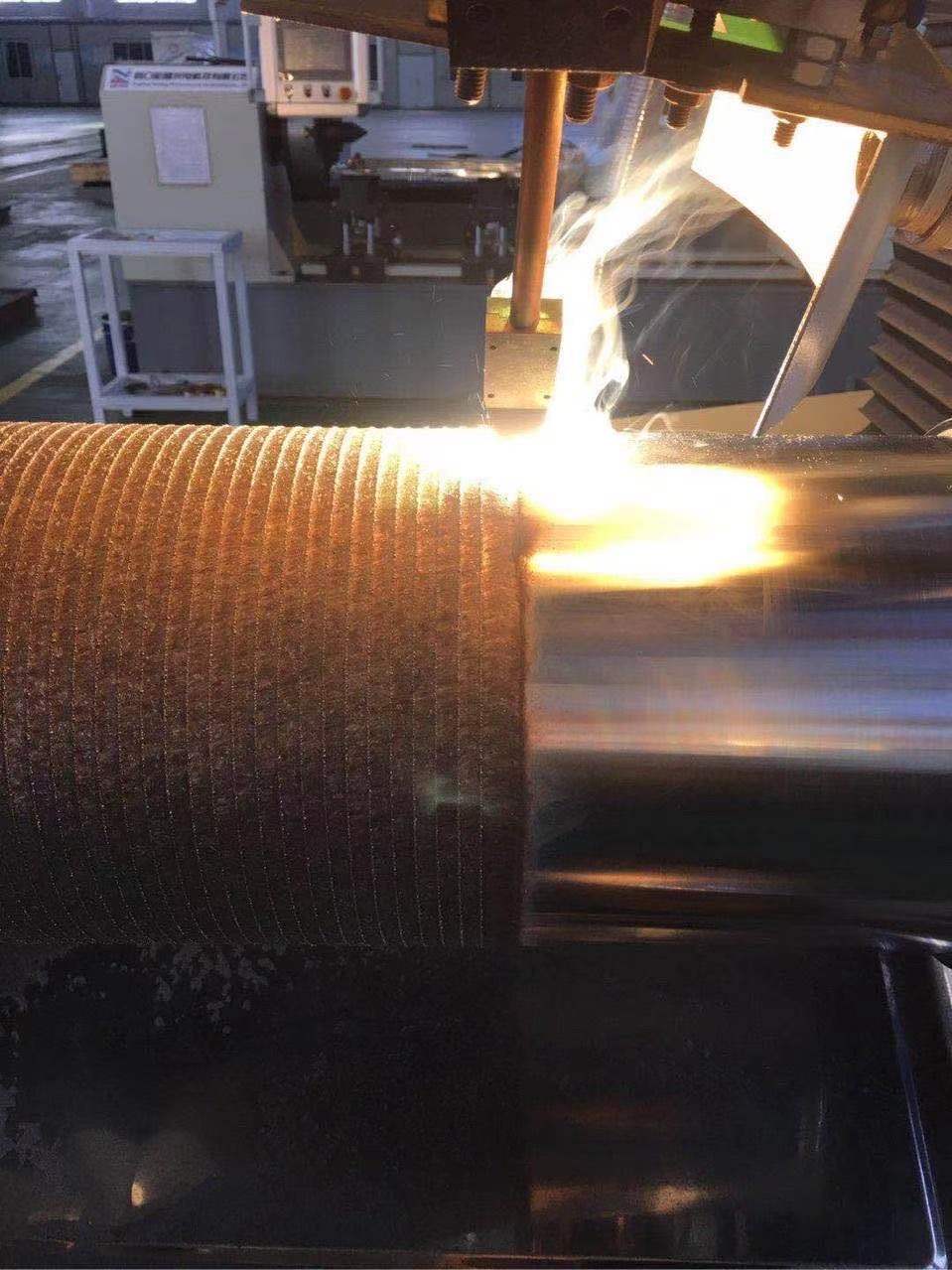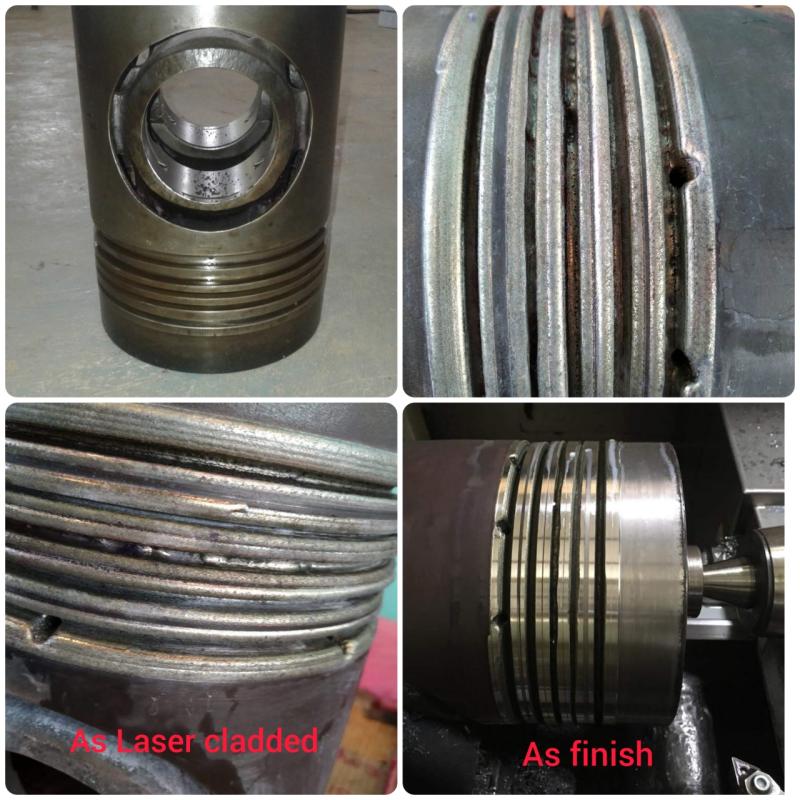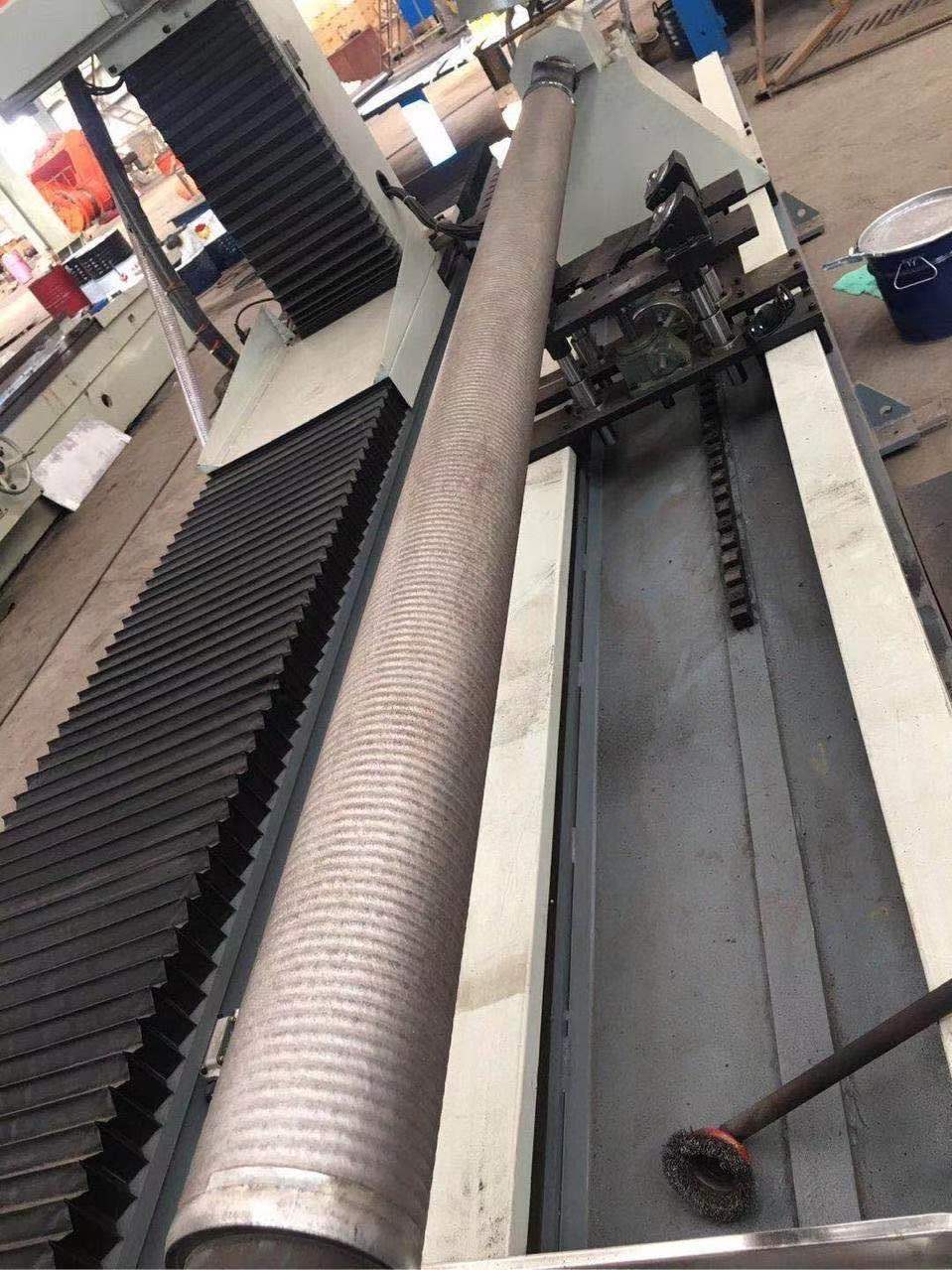Hydraulic grading is a process of dividing a group of mineral granules with a wide range of particle sizes into a number of narrow-grained grades depending on the sedimentation velocity of the ore particles in the moving medium. According to the medium used, it is divided into hydraulic classification and wind classification. Their classification principle is the same, and only the hydraulic classification is discussed in this section.
Hydraulic classification and screening have the same properties. However, the sieving is more strictly separated by geometric dimensions, and the sieving product has a strict particle size limit. The hydraulic classification is separated by the difference in settlement speed. The shape, density and sedimentation conditions of the ore particles have an effect on the classification according to the size of the particles. Therefore, the classification is not strictly performed on the particle size, and has a wide particle size range. Their main differences are shown in Table 1. Â
category | working principle | Product Features | Work efficiency | Application range |
Screening | Strictly graded by particle size | The size of the product in the same grade is relatively uniform and the average diameter is the same. | Low efficiency for screening fine materials | Material larger than 2~3mm |
Grading | Grading according to sedimentation speed, density has an effect on particle size classification | The same level of products are mainly equal drop particles. The average diameter of large density ore is smaller than the average diameter of small density ore. | Processing fine material efficiency is higher than screening method | Generally used for materials not less than 2~3mm |

           Ua — the rising medium flow rate.
The schematic diagram of the grading process is shown in the following figure (a). The granules with a settling velocity greater than the rising medium flow rate sink to the bottom of the grading equipment and are discharged as grit or bottom flow; the fine fraction products with a final sedimentation velocity less than the rising medium flow velocity from the upper end Overflow, become overflow. If multiple grade products are to be obtained, the overflow (or grit) may continue to be fractionated in successively decreasing (or increasing) rising water streams.

Schematic diagram of the classification of particles in vertical and horizontal media flows (a) vertical ascending media flow; (b) near horizontal flow
Application of hydraulic classification in mineral processing :
1. Form closed-circuit operation with grinding operation, and timely separate qualified product of size to reduce over-grinding.
2. Before some re-election operations (such as shaker selection, chute selection, etc.), as raw materials, the raw materials are classified, and the classified products are separately fed into different equipment or sorted under different operating conditions.
3. Desliming or dewatering the raw or selected product.
4. Determine the particle size composition of the fine material in the laboratory.
Nickel Based Laser Cladding Powder
Ni base alloy powder is mainly made of NiCrBSi or NiBSi. Ni-based self-fluxing powder has good wettability, corrosion resistance and high temperature self-lubricating effect, and is used in components with heat resistance, corrosion resistance and thermal fatigue resistance. In general Ni35,Ni45,Ni60 etc can be used for laser cladding, the No means hardness of powder. Inconel 625 and 718 has good corrosion property under higher temperature, also widely used for laser cladding process.
Cobalt based Laser Cladding Powder
Cobalt-based alloy powder is the cemented carbide resistant to various types of wear and corrosion as well as high temperature oxidation. That is, the so-called cobalt-chromium-tungsten (molybdenum) alloy or Stellite alloy cobalt-based alloy is mainly composed of cobalt, containing a considerable amount of nickel, chromium, tungsten and a small amount of molybdenum, niobium, tantalum, titanium, Alloying elements such as lanthanum, and occasionally a class of alloys containing iron.
Co-based self-fluxing alloys have good high temperature performance and wear resistance and corrosion resistance, and are used in petrochemical power, metallurgy and other industrial fields where they are wear-resistant, corrosion-resistant and high-temperature resistant.

Iron based Laser Cladding Powder
The work pieces required for laser cladding and manufacturing in the actual industry are mainly carbon steel and cast steel. The Fe-based alloy is close to the base material in composition and has good wettability. The advantage of Fe base powder is lower cost and good wear resistant of cladding layer. As a result, it`s the most widely used for laser cladding process. It is suitable for parts that require local wear resistance and are easily deformed.

WC blended Laser Cladding Powder
Tungsten carbide blended with Ni alloy powder is the best choice for wear resistant work piece. This unique process can bring excellent wear, corrosion and high temperature resistant. Our blend powder can achieve different portion of WC from 35% to 60% without crack under suitable cladding parameter.

Iron Alloy Powder,Nickel Alloy Powder,Cobalt Alloy Powder,Laser Cladding Powder
Luoyang Golden Egret Geotools Co., Ltd , https://www.xtchvof.com
